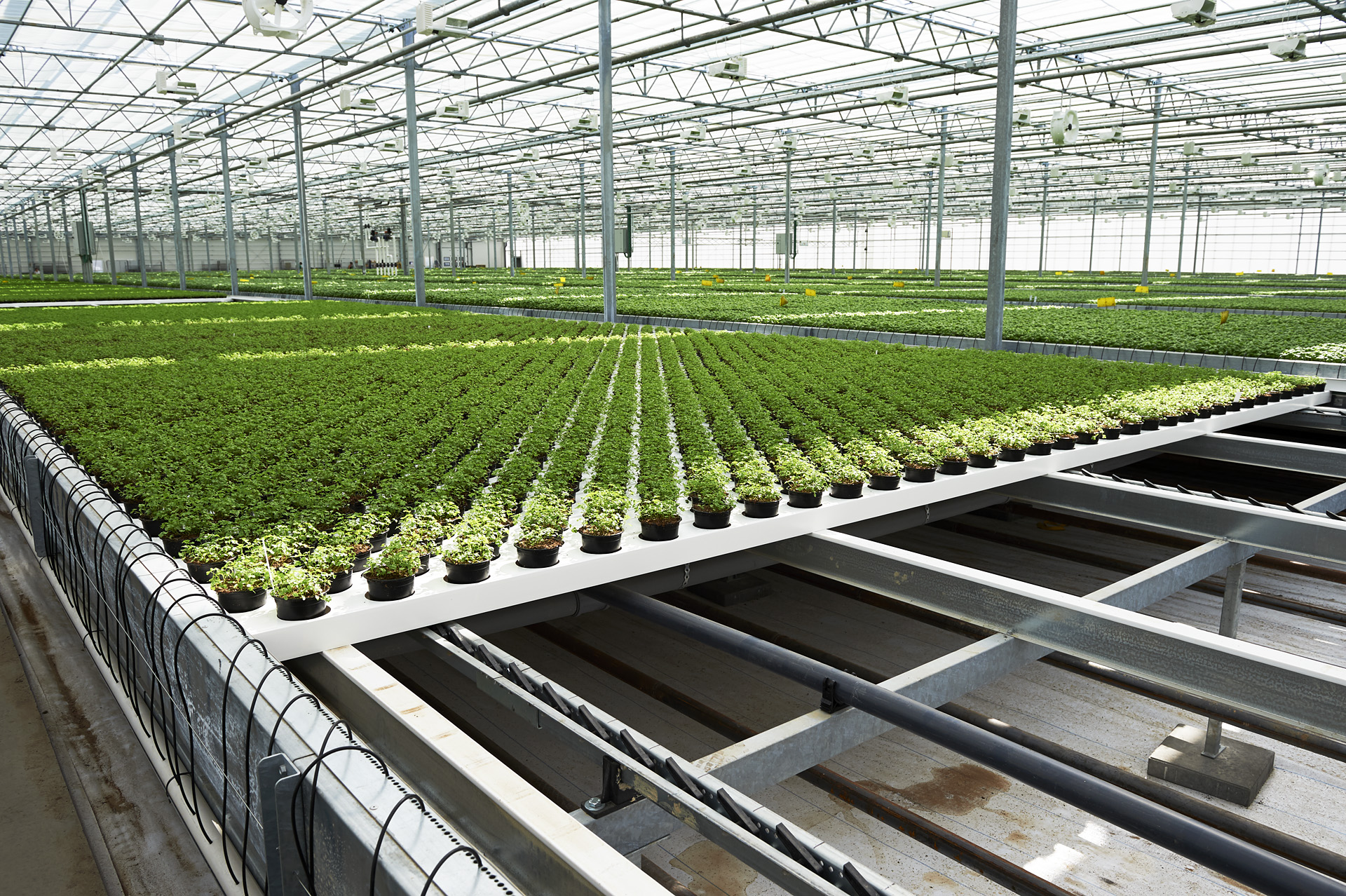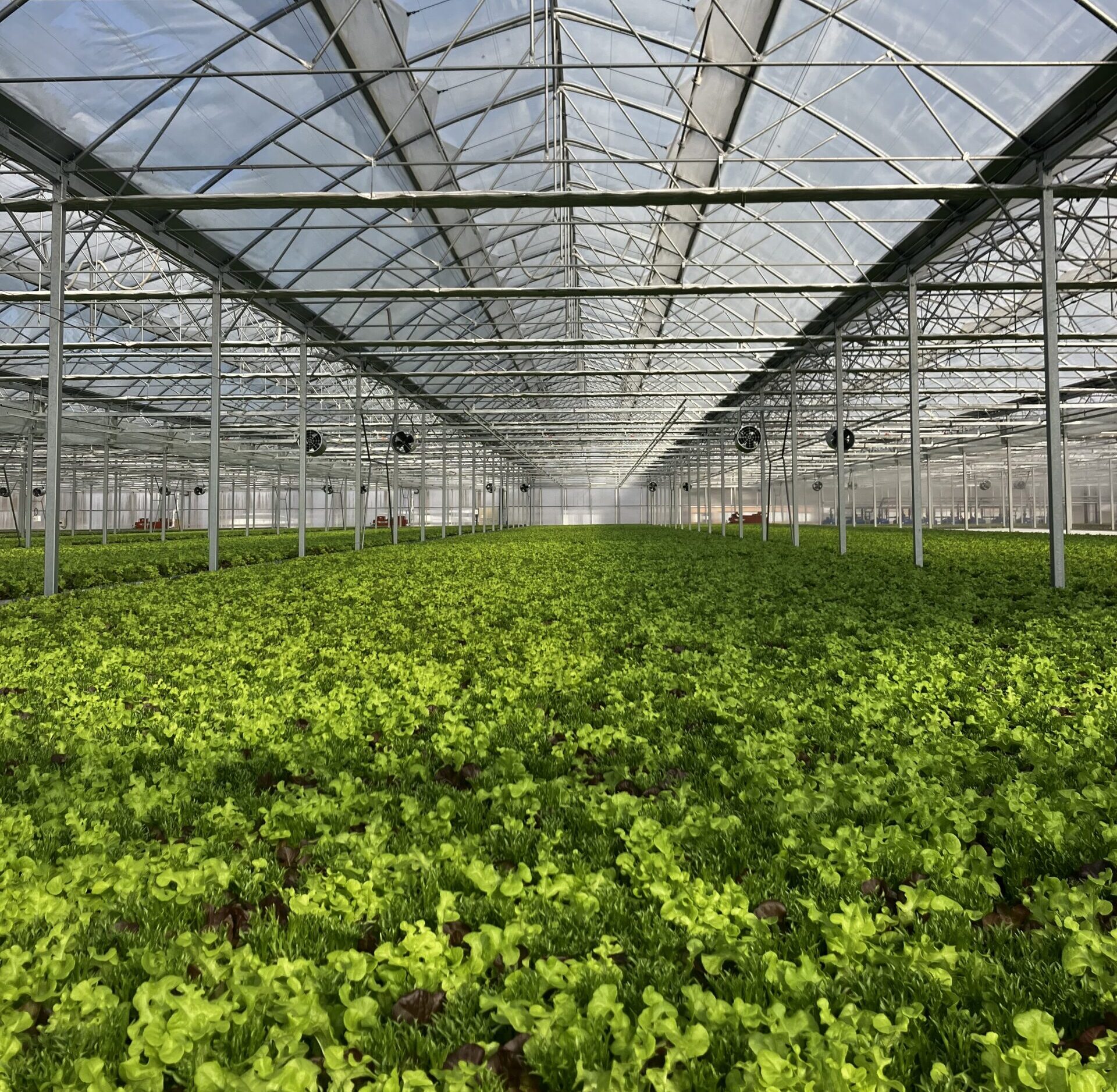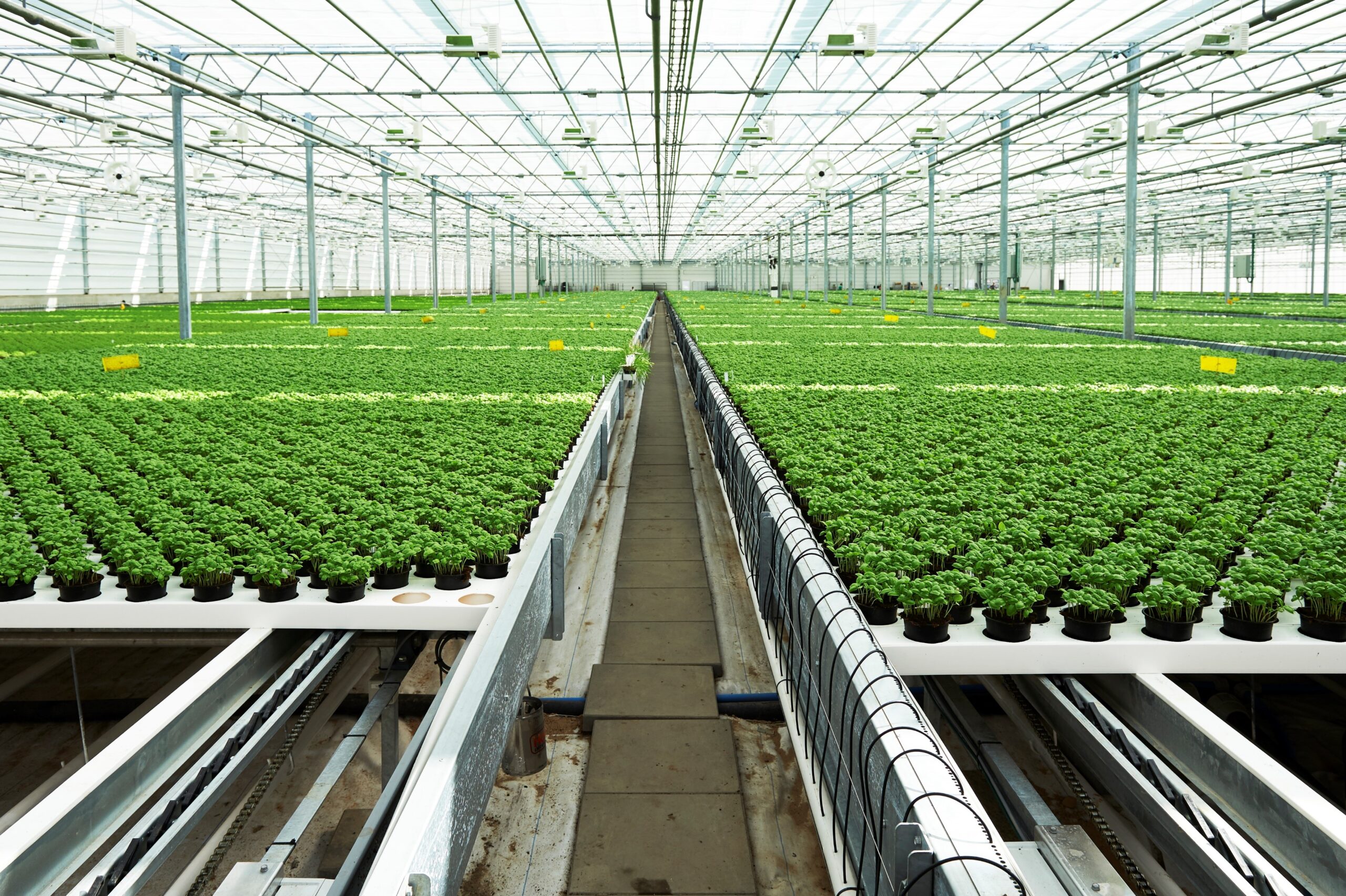Is Indoor Farming the Future of Sustainable Farming?
Indoor farming, including methods such as vertical farming and hydroponics, has the potential to be highly sustainable, though its sustainability can vary depending on various factors.
Some of its benefits include preventing deforestation, reducing waste, and eliminating the need for chemicals. It also has minimal emissions from farming machinery and transportation.
Energy consumption stands as the primary challenge in indoor farming. Nevertheless, continuous advancements are focused on minimizing the energy requirements of indoor farming systems, with many improvements already successfully implemented.
In this article, we will explore the benefits of sustainable farming practices while also discussing areas that need improvement.

Benefits of Indoor Farming in relation to Sustainable Farming Practices
Indoor farming comes with a lot of benefits. Here are some key points to consider regarding sustainable farming practices:
Water Efficiency
Indoor farming significantly reduces water usage compared to traditional agriculture. Techniques like hydroponics and aeroponics are designed to be highly efficient, often using up to 90% less water than soil-based farming.
This is achieved by recirculating water and nutrients within a closed system, minimizing waste, and ensuring that plants receive only what they need. This water efficiency is particularly beneficial in regions where water scarcity is a critical issue, helping to conserve a vital resource while still producing high yields of crops.
Space Optimization and Deforestation Prevention
Indoor farming maximizes space efficiency by growing crops in less space, allowing for the cultivation of a large number of plants with a relatively small footprint. This specific approach reduces the need for vast tracts of arable land, which in turn helps to prevent deforestation and preserve natural ecosystems.
By reducing the pressure on land resources, indoor farming can mitigate habitat destruction and biodiversity loss associated with traditional agricultural expansion. This method supports sustainable farming practices and promotes the conservation of forests and other natural areas.
Reduction of Chemical Pesticides
One of the significant benefits of indoor farming is the minimized use of chemical pesticides. The controlled environment of indoor farms is less susceptible to pests and diseases, reducing the need for harmful chemicals that can contaminate soil and water and harm beneficial insects and wildlife.
By largely eliminating the use of pesticides, indoor farming produces cleaner, safer produce and reduces the environmental impact of chemical runoff. This practice contributes to healthier ecosystems and aligns with the principles of sustainable agriculture.
Lower Carbon Emissions
Indoor farming enables year-round production, reducing the need for long-distance food transport and consequently lowering the carbon emissions associated with food transportation. By producing food closer to urban centers where it is consumed, indoor farming can decrease the carbon footprint of the agricultural supply chain.
Additionally, many indoor farms are exploring renewable energy sources and energy-efficient technologies to further reduce their environmental impact. This localized, energy-conscious approach to food production contributes to the overall reduction of greenhouse gas emissions and supports efforts to combat climate change.
Energy Consumption in Indoor Farming: Challenges and Solutions
Energy consumption is one of the primary challenges facing indoor farming. The need for artificial lighting, climate control, and other automated systems to maintain optimal growing conditions can result in high energy use. This dependency on energy can offset some of the environmental benefits that indoor farming offers, particularly if the energy comes from non-renewable sources.
Challenges
Artificial lighting, especially when using high-intensity systems necessary for plant growth, is a significant energy drain. LED lights, while more efficient than traditional lighting, still consume substantial amounts of electricity. Maintaining the ideal temperature, humidity, and CO2 levels within indoor farms also requires constant energy input, particularly in regions with extreme weather conditions. This need for continuous energy input can make indoor farming costly and less sustainable if not managed properly.
Solutions
To address these challenges, ongoing advancements in technology are being developed to reduce energy consumption and improve efficiency. One major area of focus is the improvement of LED lighting technology. These advancements can significantly reduce the energy required for lighting in indoor farms.
Another solution involves integrating renewable energy sources into indoor farming operations. Solar panels, wind turbines, and other renewable energy systems can provide clean power, reducing the carbon footprint of indoor farms.
Incorporating smart farming techniques and automation can further enhance energy efficiency. Automated systems that monitor and adjust environmental conditions in real time can ensure that resources are used optimally, reducing waste and improving overall efficiency.

Sustainable Farming with Viemose DGS
At Viemose DGS, we are pioneering the future of indoor farming with our innovative Moving Gutter System (MGS). Designed to address the challenges of sustainability in indoor agriculture, our MGS offers several key benefits that make it an ideal choice for modern farming operations.
Enhanced Resource Efficiency
Our Moving Gutter System boosts space usage in indoor farms by moving plant beds along a track system. This dynamic setup maximizes available space, yielding more crops per square meter compared to static systems. By using space more effectively, our MGS reduces the overall land needed for farming, lessening environmental impact and promoting sustainable land practices.
Water Conservation
Addressing global water scarcity, our MGS features advanced irrigation tech that delivers water precisely to plant roots, minimizing runoff and evaporation. This precision control helps indoor farmers significantly cut water use compared to traditional methods, contributing to water conservation efforts.
Energy Efficiency
Indoor farming requires energy for essential lighting and climate control to foster crop growth. At Viemose DGS, we maximize natural sunlight and enhance efficiency with our MGS, integrating smart technologies that dynamically adjust lighting and climate conditions.
This approach not only cuts electricity expenses but also minimizes the carbon footprint associated with indoor farming, reinforcing our commitment to sustainable farming practices.
Flexibility and Scalability
Adaptable to diverse indoor farming setups, our MGS suits both small urban farms and large commercial operations. Its modular design allows easy expansion and customization to meet specific crop needs and operational requirements. This flexibility enables growers to scale production efficiently while upholding sustainability and productivity standards.

Our Continuous Work with Sustainable Farming
At Viemose DGS, sustainability is at the core of everything we do. Our innovative indoor farming solutions, such as the Moving Gutter System (MGS), are designed to maximize resource efficiency while minimizing environmental impact.
By optimizing space utilization and conserving water through advanced irrigation technologies, we help growers achieve higher yields with fewer resources. Additionally, our systems are designed for scalability and adaptability, catering to various farming setups from urban environments to large-scale commercial facilities.
Through these efforts, Viemose DGS empowers growers to meet growing global food demands sustainably. We are committed to advancing sustainable agricultural practices that not only enhance productivity but also safeguard the planet for future generations.





